Lighting really sets the vibe of a room. It's not just about being able to see-it's about making the space feel good. Table lamps? They spread the light around so your room hits all the right notes. We're going to break down how these nifty little lamps can do a whole lot-like make reading a breeze, show off your cool art, and work well with the main lights up on your ceiling.

What You Need to Know About Layered Lighting
Layered lighting is an interior design technique that combines multiple light sources at various heights and intensities to achieve a balanced, adaptable, and mood-enhancing environment within a space.
Here's the basic information you need to understand about layered lighting:
- Ambient Lighting: This is the base layer that provides the overall illumination of a space. It's usually achieved with ceiling fixtures, recessed lights, or wall-mounted fixtures that cast a gentle glow across the entire room.
- Task Lighting: As the name suggests, task lighting is focused on specific areas where activities like reading, cooking, or working take place. Table lamps, under-cabinet strips, and pendant lights are common examples of task lighting that help prevent eye strain by providing concentrated light where it's needed most.
- Accent Lighting: The final touch to any layered lighting plan, accent lighting is used to highlight architectural features, artwork, or other focal points within the room. It can be accomplished with spotlights, track lighting, or even directional table lamps.
During the day, natural light and ambient lighting may suffice for most tasks. In the evening, you might add task lighting for reading or preparing food, and accent lighting to highlight a beautiful painting or indoor plants.

Table Lamps: A Key Player in Any Lighting Strategy
Table lamps are the all-rounders of lighting. They're perfect for when you need focused light for activities, and they can also be used to add atmosphere and draw attention to your home's design highlights. Below is a clear-cut overview of their functions and styles.
What Do Table Lamps Do?
- Task Lighting: Sharp and direct, these lamps help you see clearly when you're doing things like reading or crafting.
- Accent Lighting: Soft and diffuse, they create mood, highlight specific spots, and add dimension to a room.
A table lamp can take on both roles with ease. Change the shade or bulb, and it can go from making your work area bright and visible to bringing a cozy glow to your space in the evening.
How Do Different Styles of Table Lamps Fit Into Your Space?
- Traditional: Think time-honored shapes with fabric shades – ideal for rooms with classic decor.
- Modern/Contemporary: Simple and clean lines for that updated, minimalist look.
- Industrial: Exposed bulbs and metal for a raw, bold statement, great in lofts or urban settings.
- Artistic/Sculptural: Standout designs that catch the eye; they act as a centerpiece and spark conversation.
| Lamp Style | Lamp Designs | Room Type | Room Size Range (sq ft) | Decor Style | Ideal Placement |
|---|---|---|---|---|---|
| Traditional | Ornate bases, scrolled or curved details, fabric bell-shaped shades | Living Room | 150-300+ | Classic/Elegant | On end tables beside a sofa |
| Brass finishes, pleated shades, crystal accents | Bedroom | 100-200 | Romantic/Vintage | On bedside tables | |
| Modern | Geometric shapes, polished metals, stark white or black shades | Home Office | Up to 150 | Minimalist/Modern | On a desk or workspace |
| Sleek lines, no-frills design, metallic or glass components | Dining Area | 120-250 | Contemporary | On a sideboard or console | |
| Industrial | Exposed bulbs, pipes and gears, mixed media elements like concrete and metal | Loft | 500+ | Urban/Industrial | On a sturdy coffee table or shelf |
| Rustic metals, mechanical parts, minimalist shades | Studio | 300-600 | Eclectic | Next to mixed material decor | |
| Artistic | Bold colors, unusual forms, materials like blown glass or hand-painted ceramics | Foyer | 50-100 | Bohemian/Artistic | On an entryway table |
| Abstract designs, sculptural shapes, unique textures and colors | Living Room | 150-300+ | Avant-garde | As a statement piece on a main table |

Shop Our Premium Lighting Collection
Explore our hand-selected bestsellers featuring crystal chandliers, pendant lights, wall scones and authentic alabaster stone:
How to Coordinate Table Lamps with Ambient Lighting
How Bright Should Your Lamps Be?
Your table lamps don't have to match your ceiling lights exactly in brightness. They just need to provide enough light for what you’re doing, like reading or chilling, without being too harsh.
What Color Light Is Best?
The color of the light can really affect the feel of a room. Most home lights are warm and cozy — think of a candle's glow, around 2700K to 3000K. Your table lamps should usually be close to this to keep things feeling the same all over. If your main lights are cooler and more like daylight (above 3500K), then a brighter white for your table lamps can work well. But having a warmer lamp for relaxing times is good too.
| Purpose | Brightness (Lumens) | Color Temp (Kelvin) |
|---|---|---|
| Detailed Tasks (e.g., sewing, intricate crafting) | 800 - 1100 | 3000K - 4500K |
| Reading / Writing | 450 - 650 | 2700K - 3000K |
| Casual Use (e.g., dining, socializing) | 400 - 550 | 2200K - 2700K |
| Accent Lighting (e.g., highlighting art) | 200 - 350 | 2700K - 3200K |
| Nightlight / Mood Setting | 50 - 150 | 2000K - 2700K |
| General Ambient Supplement | 600 - 850 | 2700K - 3000K |
Where to Put Your Lamps
Place your lamps so they make your space look better:
- Keep the bulb hidden from eye level when sitting down to avoid glare.
- Lamps near walls can throw light back into the room, making any shadows softer.
- In corners, aim the lamp out to light up more of the room and make it seem bigger.
Maybe use a dimmer lamp when you want to relax at night, or a brighter one on a cloudy day or when you need to see fine details. Dimmer switches are great for changing up the strength of your lights easily.

How to Use Table Lamps for Task Lighting
Table lamps are great for when you need to shed some light on tasks like reading, writing, or doing crafts. To make sure your lamp really helps out, here are some simple tips for setting it up and picking the right parts.
Where to Put Your Lamp for Desk and Reading Tasks
Place the lamp approximately 15-30 inches away from the work area to avoid casting shadows while writing or reading. This measurement is essential if you're right-handed, with the lamp placed on the left, ensuring that your hand doesn't block the light as you write. Studies suggest that incorrect lighting can cause eyestrain and reduce productivity by up to 30%. Proper placement plays a crucial role in mitigating this.
Setting Your Lamp at the Right Height
The lamp should be positioned such that the bottom of the lampshade is at eye level when seated, usually between 38 to 42 inches from the ground for the average adult sitting at a desk. This height has been shown to minimize glare by up to 50% compared to improperly adjusted lamp heights.
How Far Should Your Lamp Be for the Best Light
A study by the Illuminating Engineering Society recommends that for tasks like reading or writing, the light should ideally cover a horizontal area that's at least 9 sq ft. This means that the lamp should not be so close that it creates a small circle of light, nor too far that the brightness falls off before covering the entire task space. An easy rule of thumb is to ensure that the lamp is no closer than the length of your forearm from the task area – around 16 to 22 inches for most people.
| Task | Shade Opacity | Bulb Type | Brightness (Lumens) | Color Temp (Kelvin) | Notes |
|---|---|---|---|---|---|
| Reading | Semi-opaque | LED | 450 - 650 | 2700K - 3000K | Warm light for comfort; reduces eye strain. |
| Writing | Semi-opaque | LED | 450 - 800 | 3000K - 4000K | Cooler light may improve visibility and concentration. |
| Crafting | Translucent | LED | 800 - 1100 | 4000K - 6500K | Daylight colors enhance detail work and accuracy. |
| Computer Work | Semi-opaque | LED | 400 - 800 | 3000K - 4500K | Avoids glare on screens; cool to neutral light preferred. |
| Cooking | Translucent | LED | 800 - 1100 | 2700K - 3500K | Bright enough to see well; warm to neutral light. |
| General/Ambient Lighting | Opaque | LED or CFL | 600 - 850 | 2700K - 3000K | Soft, diffused light to add warmth to rooms. |
| Accent/Decorative Lighting | Colored/Patterned | LED or Incandescent | 200 - 350 | 2200K - 2700K | Warmer, dimmer light for ambiance and highlighting decor. |
| Nightstand/Bedside | Opaque | LED | 200 - 450 | 2000K - 2700K | Warm and dim for relaxation before sleep. |

How to Accentuate with Table Lamps
Table lamps aren't just for reading or working—they're also great for adding style and flair to your home. With the right placement and bulb choice, they can put the spotlight on art, highlight architectural features, or cast captivating shadows that add a cozy vibe to any room. Here's how you can make the most of table lamps to accentuate your home's best features:
1. Use Lamps to Spotlight Your Favorite Art
Aim adjustable table lamps toward the artworks you love. A lamp with a flexible arm can be positioned to illuminate a painting, drawing attention and giving it its moment in the limelight.
2. Shine Light on Architectural Features with Table Lamps
Angle table lamps to bring out the character of your home’s architecture. For example, place a lamp so that it lights up the stonework of a fireplace or the rows of books on your shelves. This adds depth and highlights textures.
3. Choose Lamps That Point Upwards to Make Ceilings Look Higher
Pick a lamp where you can direct the light. Shades that are open at the top are good for throwing light upwards, making a room feel taller and showcasing any ceiling details like moldings or beams.
4. Set the Right Mood with Bright or Soft Light Bulbs
The lamp's brightness should fit the mood you're going for. Use dimmer bulbs for a soft glow that adds a gentle touch, or brighter ones if you want to make a bold statement or draw attention to a specific area.
5. Place Lamps to Create Interesting Shadows in Your Room
Position your lamp in a way that uses shadows to enhance your room’s aesthetic. The right shadow can accentuate the angles and contours of furniture and decor, adding mystery and dimension. Experiment with the lamp’s location to see how different positions change the room's atmosphere.

Pick Simple Table Lamps to Brighten Your Space
When choosing a lamp, consider its brightness level, the shade of light it casts, and whether it matches your room style. Features like dimmer switches and various shade styles let you adjust the lighting for any situation. You want to create the right vibe—cozy for chilling out, bright for working or reading. The right lamp setup can turn your room into a cozy retreat or a productive space with just a flick of a switch.

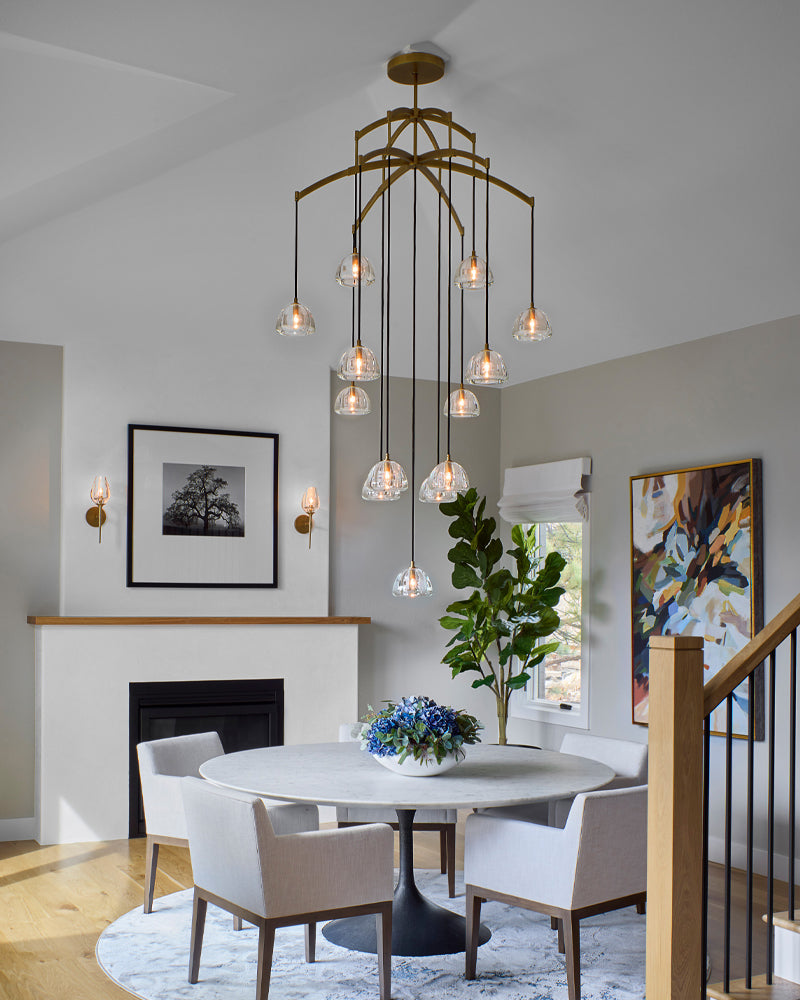
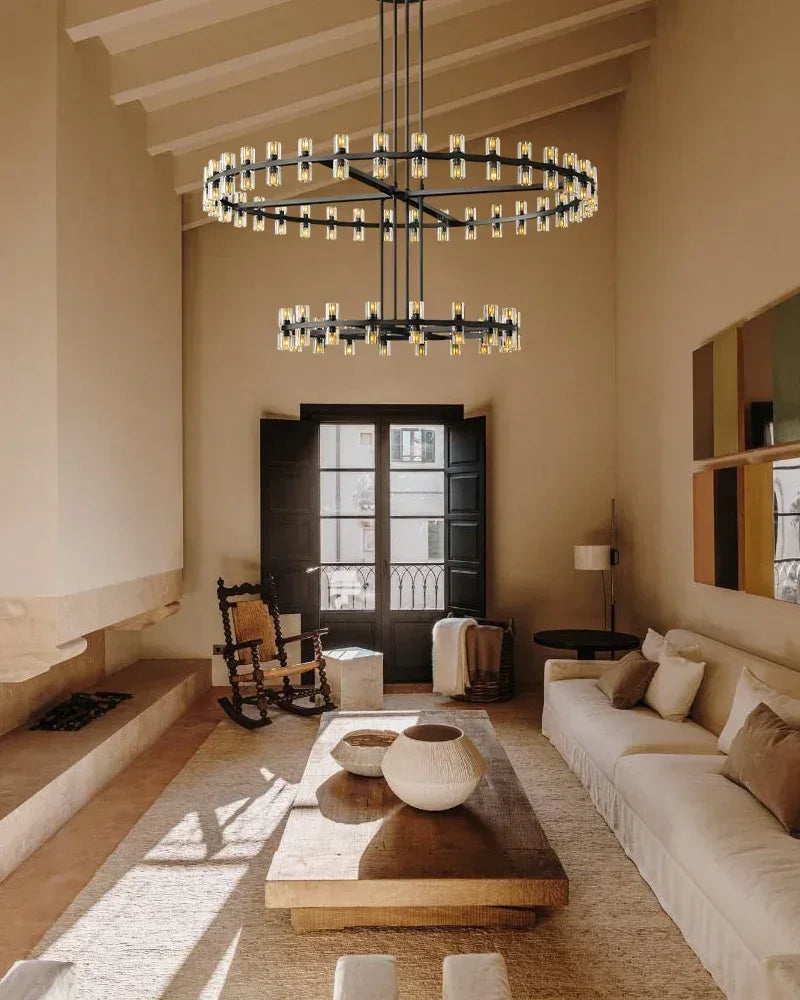
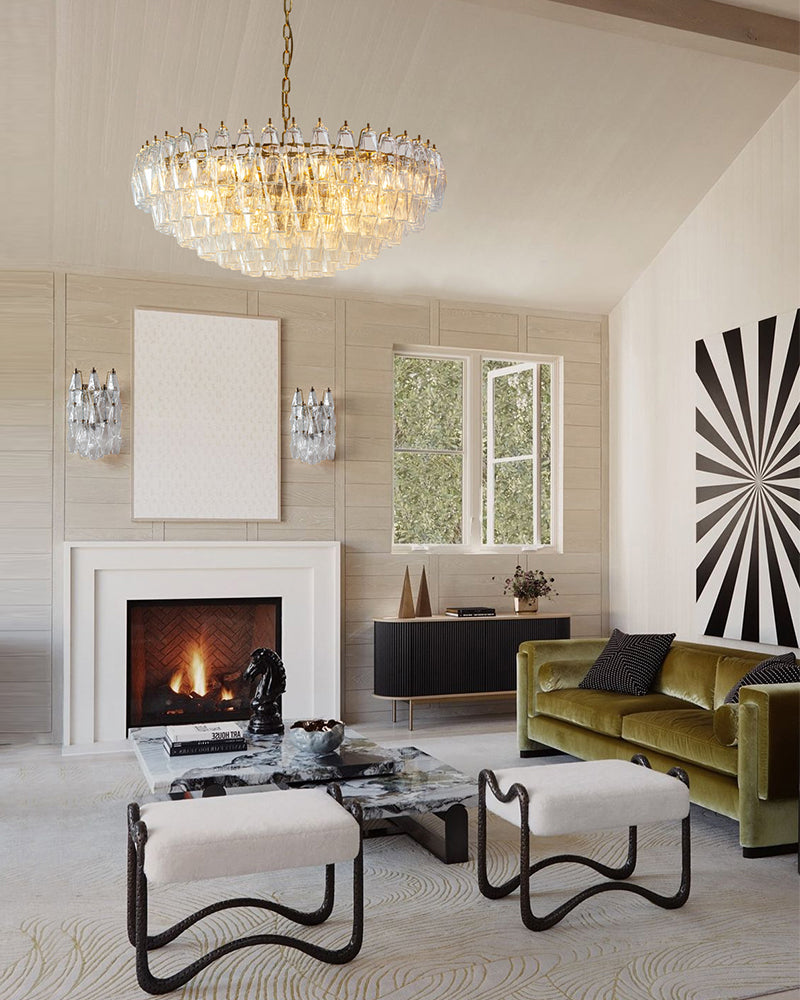
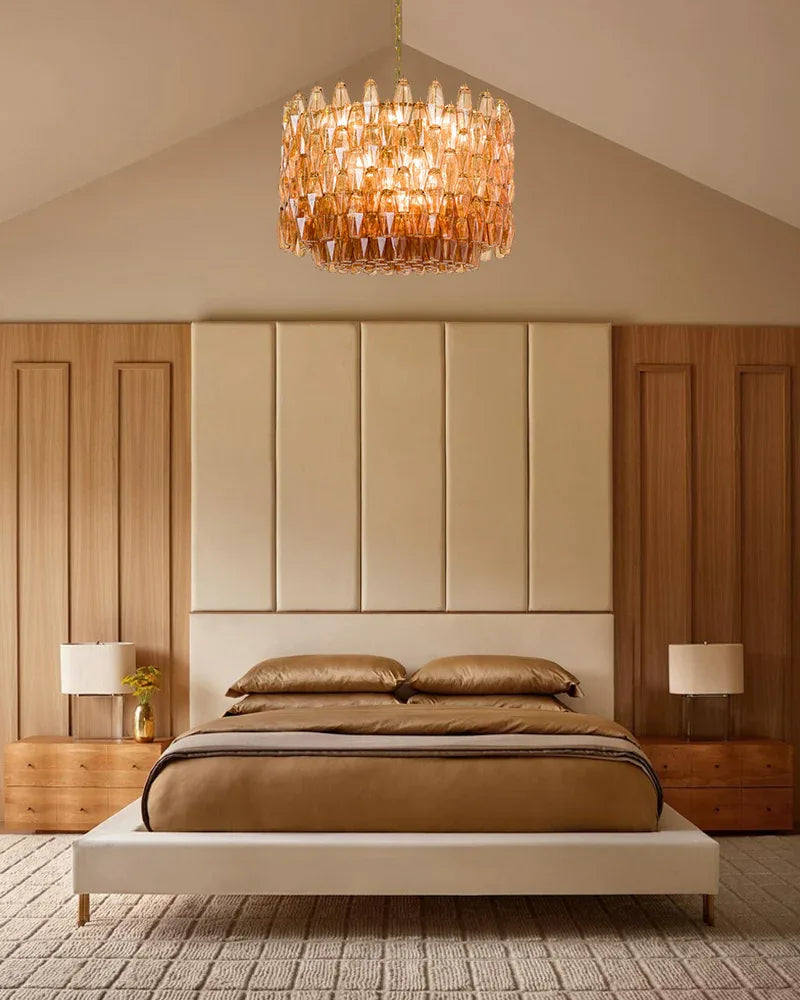
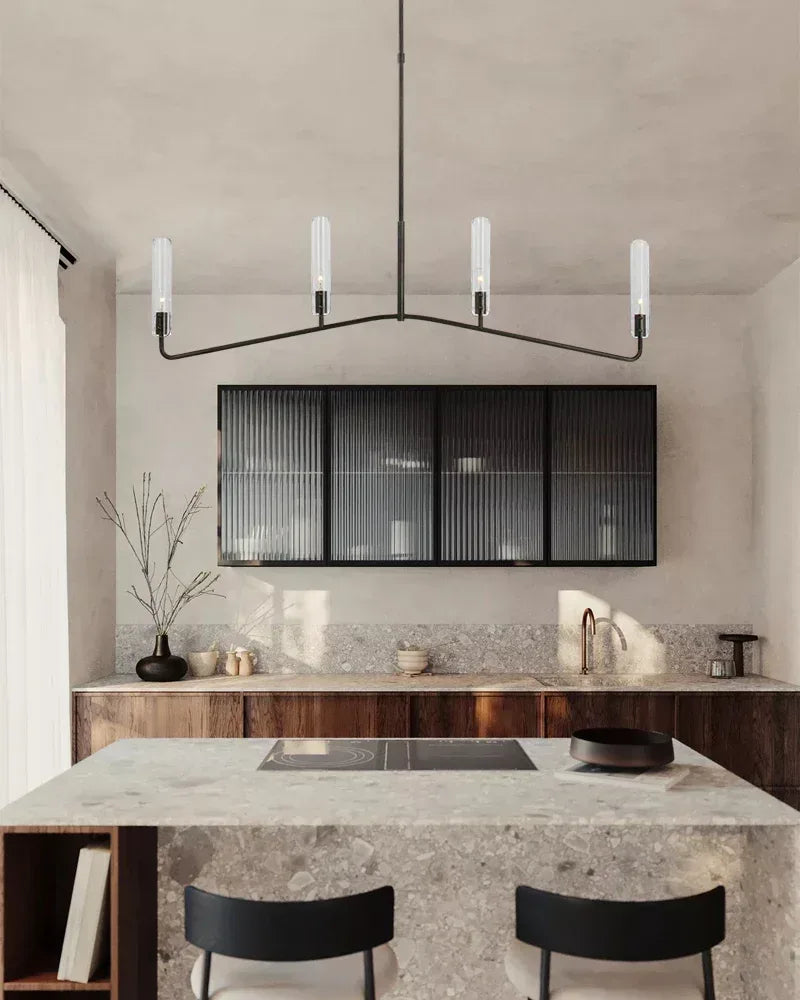
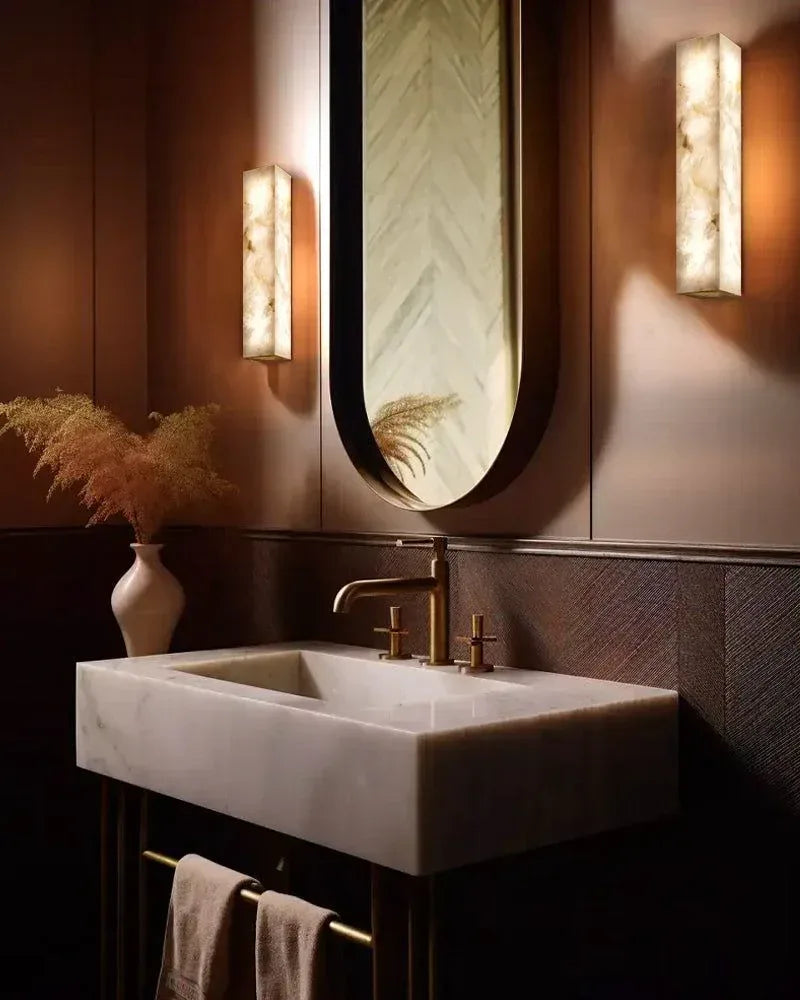

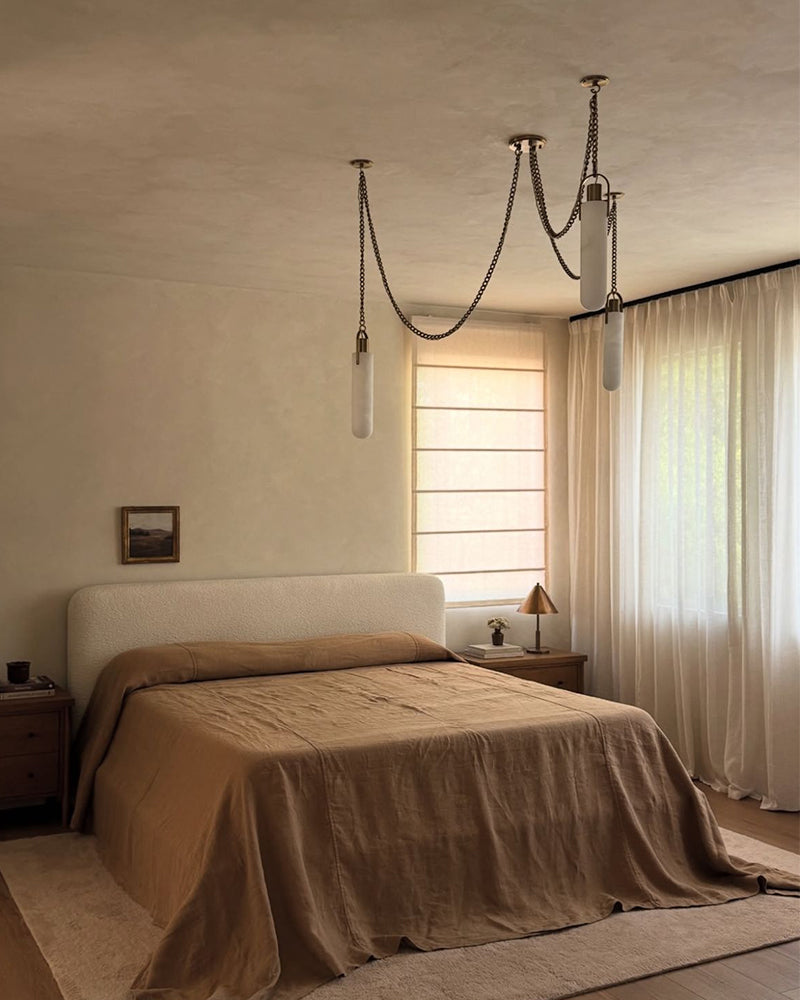
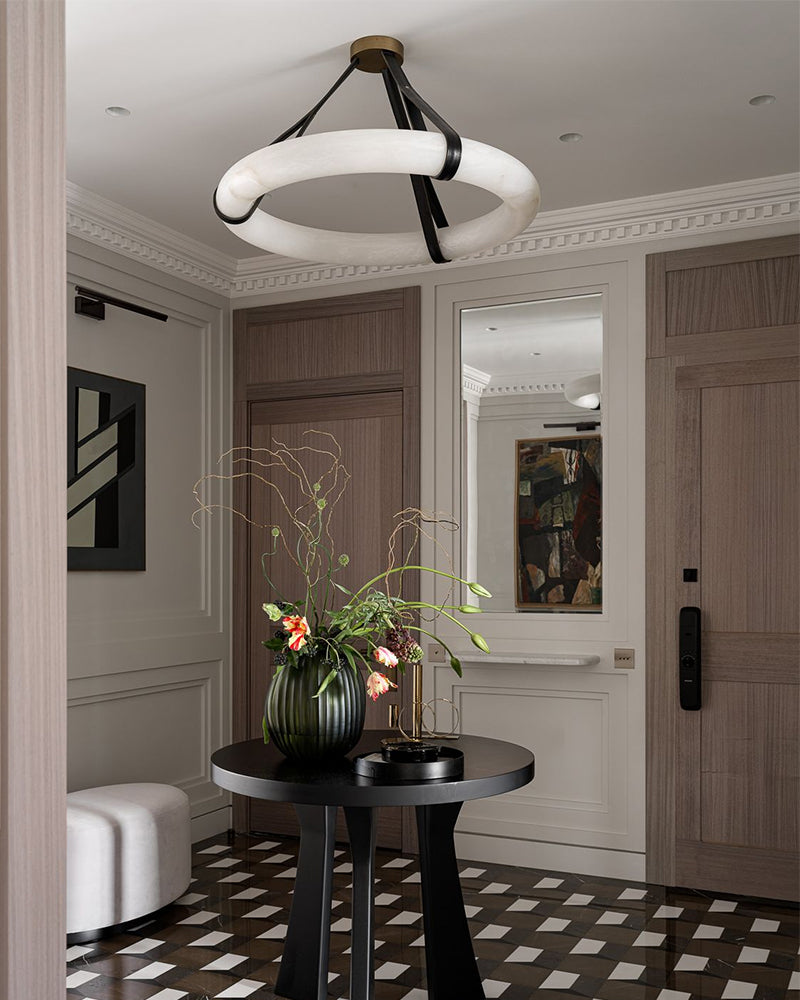
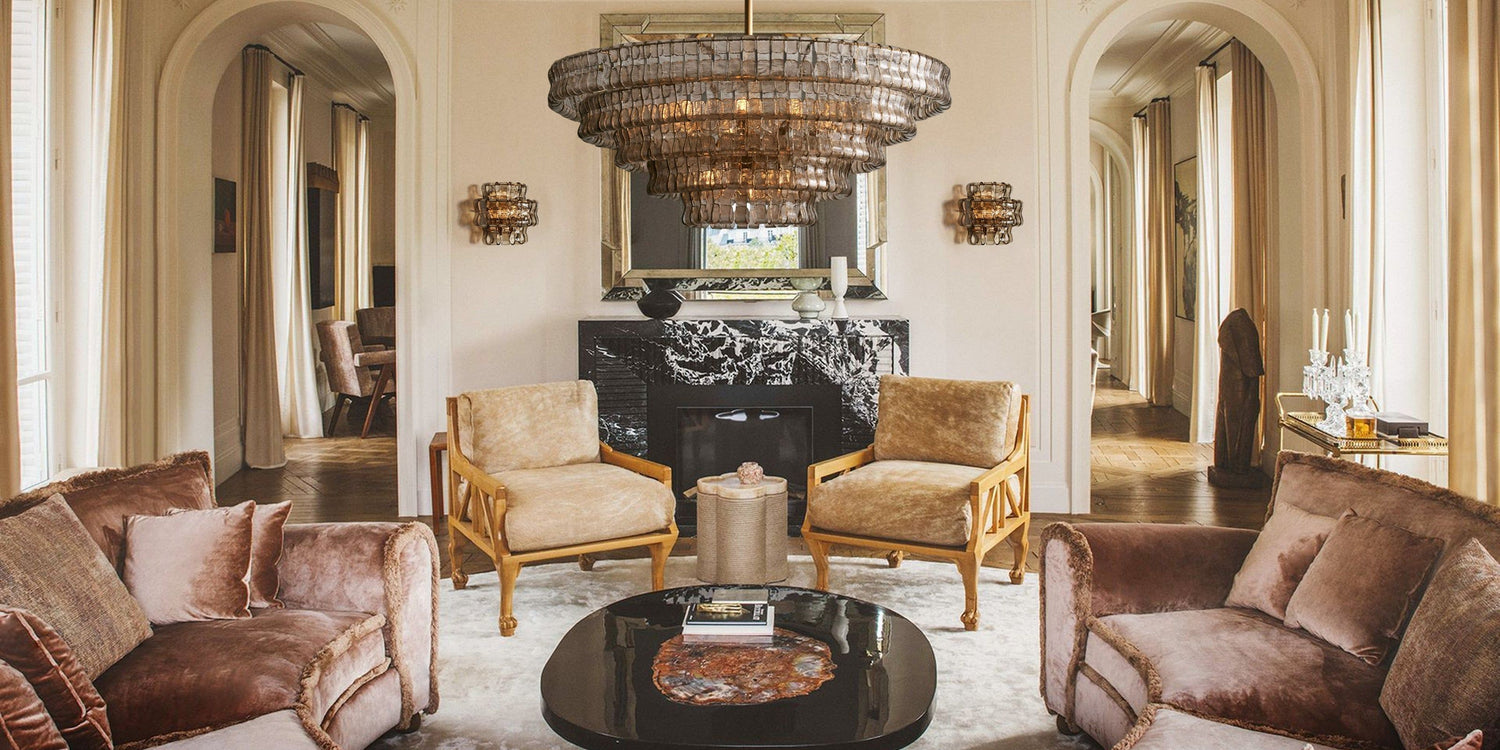
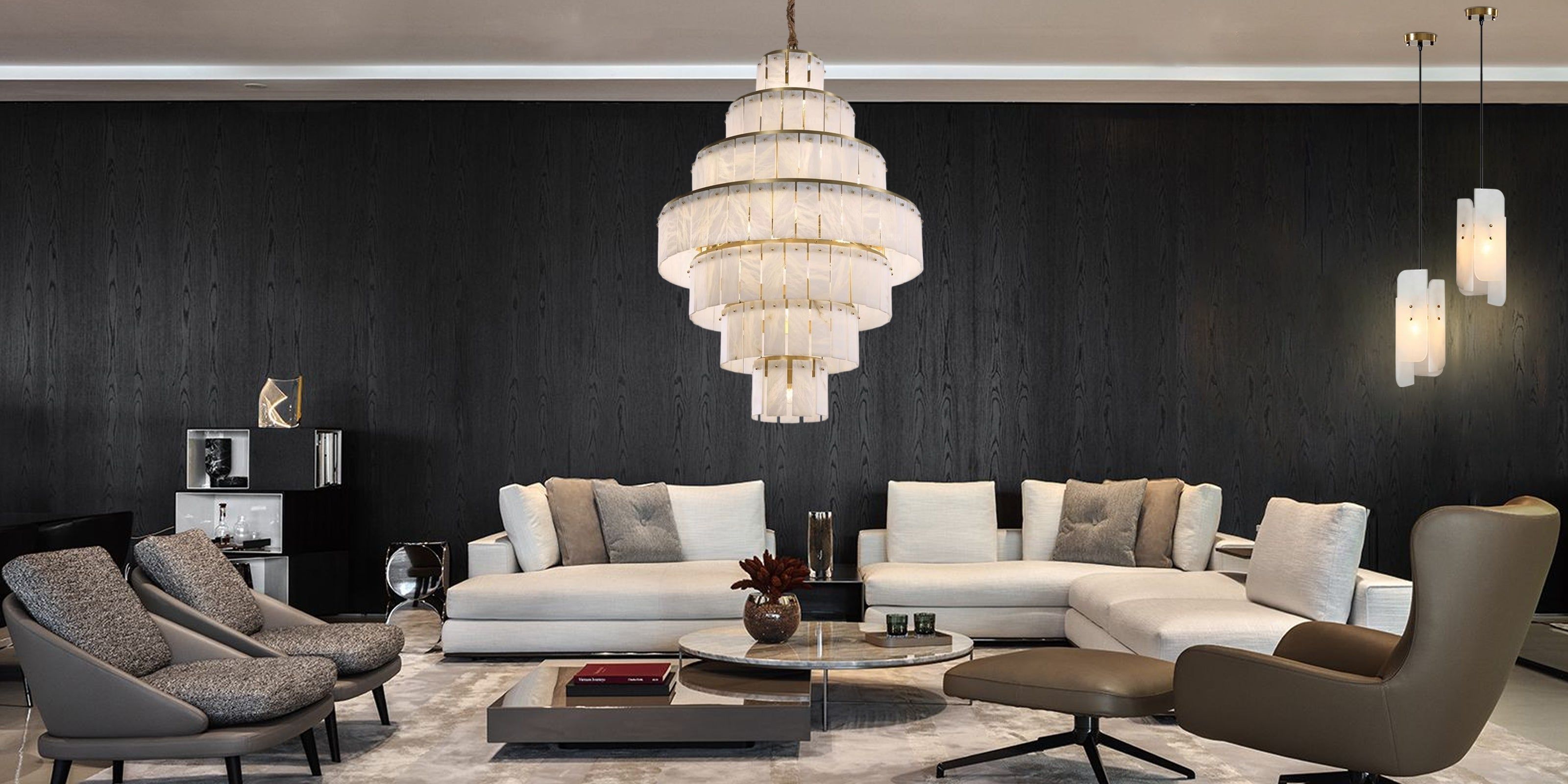

Leave a comment
This site is protected by hCaptcha and the hCaptcha Privacy Policy and Terms of Service apply.